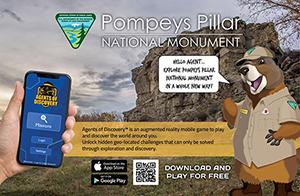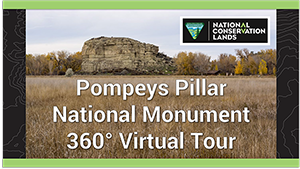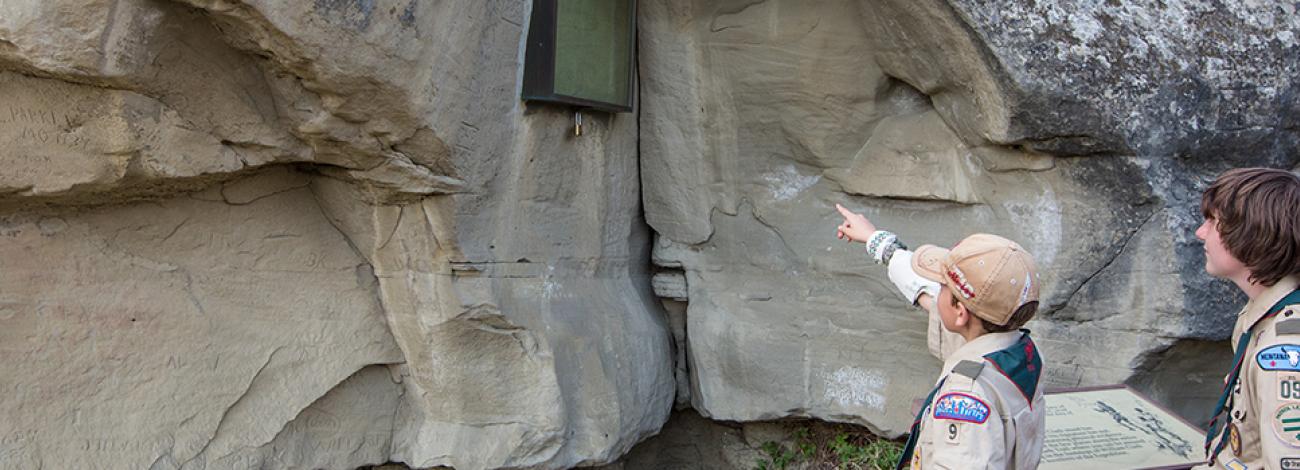
Pompeys Pillar National Monument
Pompeys Pillar for Kids
Site of the only visible physical evidence of the passage of the Lewis and Clark Expedition, Pompeys Pillar National Monument (PPNM) offers the opportunity to come face-to-face with history. The view from the top of this unique geologic formation reveals the Yellowstone River and its role in the sculpting of the local geography.
Agents of Discovery
Kids! Are you ready to discover Pompeys Pillar? Learn how to download and play the Agents of Discovery App when you arrive. *Pompeys Pillar does not have WIFI, so be sure to download before your visit!
360 Tour
Take a Virtual 360 degree Tour of Pompeys Pillar!
The Pompeys Pillar National Monument Virtual Tour allows you to take a self-guided tour of the site from your desktop or mobile device. "Walk" up the steps of the Pillar boardwalk to discover historic and prehistoric inscriptions on the rock. Climb further to experience a 360 degree view of the surrounding area from the top of this remarkable 120 foot tower!
EXPLORE
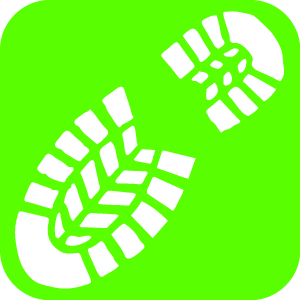 The Pillar is a sandstone butte or mesa and covers about two acres at its base and stands about 150 feet high. Because it is the only sandstone outcrop on the south side of the Yellowstone River for several miles in either direction, it has been a landmark for centuries. Stairs and a boardwalk lead visitors to the view that William Clark stopped to see. The boardwalk up the Pillar leads to Clark's signature and continues to the top of mesa. It is approximately 1,000 feet long and contains about 200 steps. Hiking trails and access to the gravel bars of the Yellowstone River make the Monument more than a quick stop. The day use area is ideal for picnicking or relaxing. It is adjacent to the Yellowstone River and shaded by large cottonwood trees. Archaeological evidence of past occupation of the Pillar area by Native Americans has been discovered at various depths below ground. These materials appear to be the remains of hunting and living camps, probably occupied by relatively small groups of people for short periods of time.
The Pillar is a sandstone butte or mesa and covers about two acres at its base and stands about 150 feet high. Because it is the only sandstone outcrop on the south side of the Yellowstone River for several miles in either direction, it has been a landmark for centuries. Stairs and a boardwalk lead visitors to the view that William Clark stopped to see. The boardwalk up the Pillar leads to Clark's signature and continues to the top of mesa. It is approximately 1,000 feet long and contains about 200 steps. Hiking trails and access to the gravel bars of the Yellowstone River make the Monument more than a quick stop. The day use area is ideal for picnicking or relaxing. It is adjacent to the Yellowstone River and shaded by large cottonwood trees. Archaeological evidence of past occupation of the Pillar area by Native Americans has been discovered at various depths below ground. These materials appear to be the remains of hunting and living camps, probably occupied by relatively small groups of people for short periods of time.
LEARN
 PPNM is a popular destination for field trips from area schools. A growing Hands-on-the-Land program turns these public lands into a classroom and laboratory. Pompeys Pillar, in partnership with the Montana Audubon Environmental Education Center, offers Audubon Naturalists in the Schools (ANTS) to fourth-grade classes in area school districts. A series of four classroom visits alternating with three field trips, introduce students to the history, concepts, and techniques used by naturalists to study natural world. This program has been developed in partnership with the Billings School District #2 science curriculum director and several local teachers to ensure strong curriculum connections with Montana State Standards.
PPNM is a popular destination for field trips from area schools. A growing Hands-on-the-Land program turns these public lands into a classroom and laboratory. Pompeys Pillar, in partnership with the Montana Audubon Environmental Education Center, offers Audubon Naturalists in the Schools (ANTS) to fourth-grade classes in area school districts. A series of four classroom visits alternating with three field trips, introduce students to the history, concepts, and techniques used by naturalists to study natural world. This program has been developed in partnership with the Billings School District #2 science curriculum director and several local teachers to ensure strong curriculum connections with Montana State Standards.
VOLUNTEER
 Volunteers are essential to the success of PPNM. They take part in all aspects of our operations including interpretation, maintenance, and gift-shop. The Friends of Pompeys Pillar provide many opportunities, especially during the period from May to September. Volunteers assist with a variety of tasks including providing visitor information, leading tours, assisting in the visitor’s center and supporting the Friends of Pompeys Pillar gift store. Depending on the volunteer’s interest, other opportunities may be available, such as maintenance and assisting with special events like the annual Clark Days celebration.
Volunteers are essential to the success of PPNM. They take part in all aspects of our operations including interpretation, maintenance, and gift-shop. The Friends of Pompeys Pillar provide many opportunities, especially during the period from May to September. Volunteers assist with a variety of tasks including providing visitor information, leading tours, assisting in the visitor’s center and supporting the Friends of Pompeys Pillar gift store. Depending on the volunteer’s interest, other opportunities may be available, such as maintenance and assisting with special events like the annual Clark Days celebration.
RESOURCES
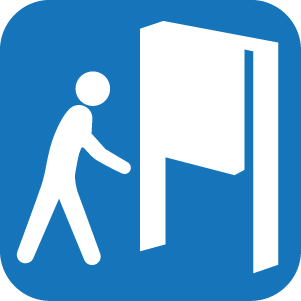 A key resource for Pompeys Pillar Junior Ranger programs is the 5,700-square foot Pompeys Pillar Interpretive Center, opened in 2006. Exhibits in the 5,700-square foot center relate the journey of Captain William Clark and his detachment, including Sacagawea and her son Pomp, down the Yellowstone River Valley in 1806. The center also addresses native culture, flora and fauna, the Lewis and Clark Expedition, and the historical legacy of Pompeys Pillar through the changes of the 1800s. Educational programs offered at the Interpretive Center include: Lewis and Clark (focusing on Clark on the Yellowstone River); Custer before the battle of the Little Big Horn; the Northern Pacific Railroad; irrigation and agriculture;geology, wildlife, and riparian ecology. Pompeys Pillar also offers a Junior Ranger activity book.
A key resource for Pompeys Pillar Junior Ranger programs is the 5,700-square foot Pompeys Pillar Interpretive Center, opened in 2006. Exhibits in the 5,700-square foot center relate the journey of Captain William Clark and his detachment, including Sacagawea and her son Pomp, down the Yellowstone River Valley in 1806. The center also addresses native culture, flora and fauna, the Lewis and Clark Expedition, and the historical legacy of Pompeys Pillar through the changes of the 1800s. Educational programs offered at the Interpretive Center include: Lewis and Clark (focusing on Clark on the Yellowstone River); Custer before the battle of the Little Big Horn; the Northern Pacific Railroad; irrigation and agriculture;geology, wildlife, and riparian ecology. Pompeys Pillar also offers a Junior Ranger activity book.
PARTNERS
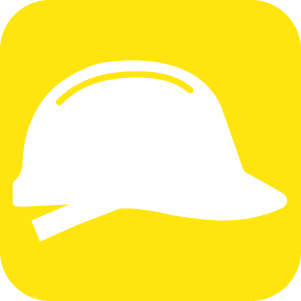 Key educational partners of Pompeys Pillar National Monument include Friends of Pompeys Pillar, Billings Public Schools, and the Montana Audubon Conservation Education Center. Monument staff work with other school partners in Hardin, Shepherd, Roundup, Colstrip, Forsyth, Bridger, N. Cheyenne, Wyola, Miles City, Huntley Project, Melstone, Park City, Lodge Grass, Laurel, and Plentywood School Districts in Montana.
Key educational partners of Pompeys Pillar National Monument include Friends of Pompeys Pillar, Billings Public Schools, and the Montana Audubon Conservation Education Center. Monument staff work with other school partners in Hardin, Shepherd, Roundup, Colstrip, Forsyth, Bridger, N. Cheyenne, Wyola, Miles City, Huntley Project, Melstone, Park City, Lodge Grass, Laurel, and Plentywood School Districts in Montana.

